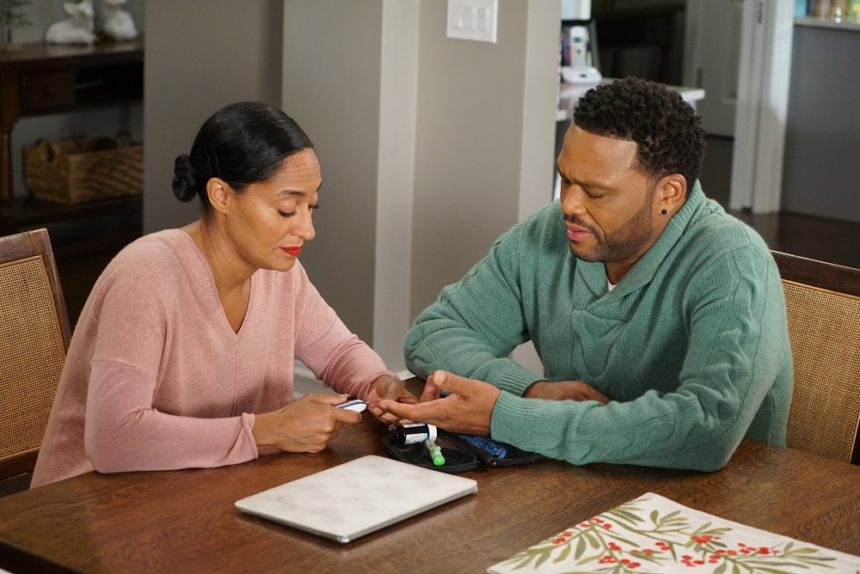Listen to the naysayers and you’ll hear plenty of talk about TV advertising and its waning impact as a messaging medium in a world of cord-cutting, declining TV ownership, and ubiquitous cellular phones. Take digital marketing guru Gary Vaynerchuk, CEO of VaynerMedia, who’s all over YouTube and LinkedIn proclaiming TV advertising is dead and brands are wasting billions of dollars on the medium.
But dig a little deeper and you’ll find Vaynerchuk, like other critics, has a more nuanced view, especially in regard to the pharmaceutical industry. “I have a lot of empathy with pharma leaders who feel restricted in using other media,” he says. “I’m more pragmatic than many might think. But with the rise of cellphones and OTT [streaming media] in the past decade, I just don’t understand why anybody can’t understand TV advertising is grossly overpriced.”
In fact, this seems to be Vaynerchuk’s main beef with TV ads. “This is about the cost, not about things being dead or alive,” he explains. “Do you as a brand believe what you’re paying for potential GRPs [gross rating points] in 2019 is actually getting consumed by the consumer? And, more importantly, have you spent the money and effort to do proper Facebook, YouTube, Hulu, and Roku advertising as an alternative, where you’re seeing a $3 million to $7 million execution?”
Nielsen numbers detailing annual investment in TV ads by pharma companies seem to buck the apocalyptic TV-advertising-is-dead narrative, with spending rising a staggering 65% over the past five years and 9% year-on-year in 2018, compared to an 8% rise the year prior. In 2018 alone, pharma marketers spent more than $5.1 billion on TV ads. Pfizer was by far the biggest player, investing more than $1.1 billion on TV, including $209 million on the smoking cessation drug Chantix and almost $158 million on the rheumatoid arthritis treatment Xeljanz.
Eli Lilly spent $517 million, including $243 million promoting its diabetes treatment Trulicity. AbbVie, Amgen, and AstraZeneca rounded out the top five pharma spenders, according to Nielsen.
“Consumers continue to have a plethora of choices of what, when, where, and how they view, essentially individualizing their media use,” says Peter Katsingris, SVP of audience insights at Nielsen in an emailed statement. “But throughout this media fragmentation, the TV set and TV programming are enduring and play a main role.”
Pharma spending on TV ads has risen a staggering 65% over the past five years
If nothing else, the numbers suggest the pharma category is a bright spot for national broadcast and cable TV. Pharma needs the scale and reach of TV, which is hard to replicate elsewhere. While digital complements it, nothing replaces its ability to build scale and reach. Simply put, TV is an efficient way to reach large audiences.
“As of Q3 2018, TV reaches nearly 90% of adult consumers weekly and that number increases to 94% for consumers older than 50,” Katsingris notes. “As we age, the focus on our own health and those of our loved ones becomes more paramount. So for pharma brands looking to tell their messages to adults, and older adults in particular, TV can be a very viable option.”
The continued demand is certainly good news for TV companies. CBS is the big beast, banking almost $1 billion from pharma ads from December 2017 to November 2018, followed by ABC at $641 million, and NBC at $593 million, according to Kantar. Not surprisingly, Jo Ann Ross, president and chief advertising revenue officer at CBS, is bullish about the company’s market-leading position.
“We’re the network of choice when it comes to pharma advertising,” she says. “Our audience skew means we’ve always done well with the pharma category. They spend the lion’s share of their upfront budgets with us and, when new drugs come into the pipeline throughout the year, we get those as well.”
CBS’ network sales are structured by day part. Sales teams cross-sell in every category, including automotive, retail, and pharma, with category experts embedded within the organization. Pharma ads aren’t confined to certain days of the week, unlike retail and automotive brands that ramp up on Thursdays and Fridays in preparation for the weekend.
“[Pharma] messages are going across the board Monday through Sunday, and that’s the beauty of being a broadcaster,” explains Ross. “Our [evening] schedule for the past years has featured a [popular] show on Monday through Sunday.”
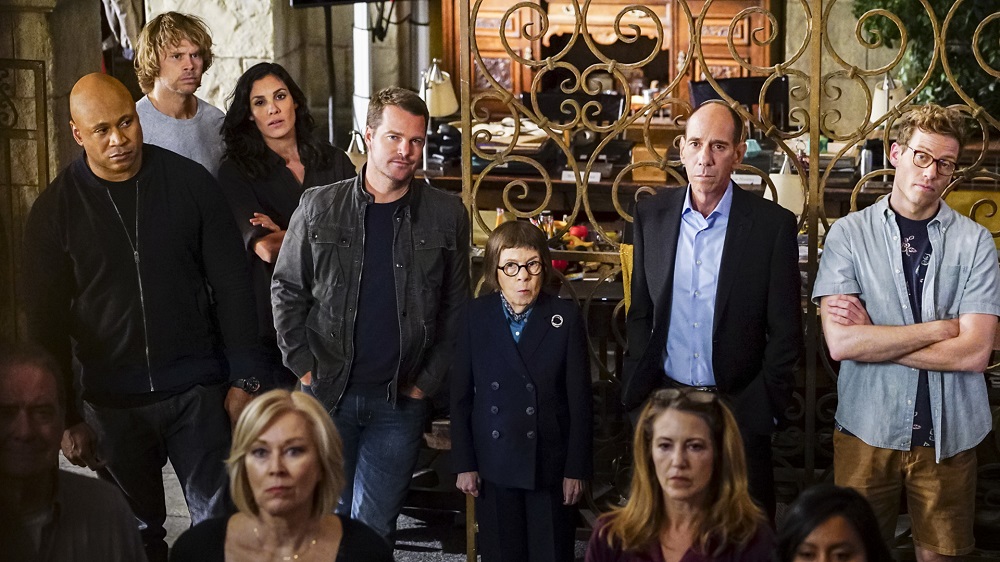
Sunday night on CBS has become a particular tradition, with a captive audience that skews older than the average viewer. “People sit down and watch football, then go to 60 Minutes. Now we’ve got God Friended Me going into Madam Secretary going into NCIS: Los Angeles — [a franchise] that is still the No. 1 show on TV around the world,” says Ross.
CBS’ experience reinforces the rise in overall pharma category spending, although it’s more difficult for the network to grow as much as the other broadcasters percentage-wise because it already attracts such a large chunk of budgets. “We are slightly up and very happy,” she adds.
Over at ABC Disney, Flora McKiernan, SVP, pharmaceuticals for Disney Advertising Sales, runs the pharma vertical across the entire portfolio, including ABC, Freeform, ESPN, and Disney channels. The sales function has been combined into one team under new boss Rita Ferro, president, ABC Disney sales at Disney ABC Television Group, and takes a consultative approach to selling. The team used to be structured by day part like CBS, but it is now split into vertical category-specific teams selling across the entire portfolio.
“TV works across all categories, but it really works for this category,” says McKiernan. “It’s a big-reach medium that hits the majority of the population all at once, so it’s an effective vehicle for pharma.”
McKiernan believes TV offers an elevated level of engagement that keeps pharma brands coming back, especially in a category where 55% of Americans use prescription drugs daily and 70% use them as needed. “The perception is that pharma has a really mature audience and that news, daytime, and a lot of our day parts wouldn’t exist without it,” she adds. “But there are so many other things coming on the market now where other audiences come into play, such as with OTC medicines and telemedicines where you don’t need to see a doctor.”
It normalized the conversation and showed you can be healthy and living an ordinary life and still get diabetes
Flora McKiernan, Disney Advertising Sales
ABC is also introducing creative approaches to commercial activations that encompass advertising, integration in program content, and spots on morning talk shows. Last year, the broadcaster partnered with Novo Nordisk to develop an episode of Black-ish around diabetes. The comedy is centered on a couple in which the wife is a doctor and the husband works in media and marketing. The husband — just like actor Anthony Anderson, who portrays him — has type 2 diabetes. The episode was themed around his fear of getting tested and starting treatment.
“It normalized the conversation and showed you can be healthy and living an ordinary life and still get diabetes,” McKiernan says. “Nowhere in the episode was Novo Nordisk mentioned, apart from a commercial during one of the breaks. It was very organic and effective, and not intrusive at all.”
ABC followed up the episode with an integration on Good Morning America during which Anderson discussed the condition. McKiernan says every other pharma company came calling after the activation and asked how they could get in on the action.
These creative integrations seem to represent the future of pharma campaigns. Potentially, they can help TV execs convince marketers of the enduring power of their medium, especially in an environment in which Nielsen ratings are no longer the sole currency.
“In intimate environments, when I ask CEOs, senior board members, activists, financiers, brand managers, and CMOs, ‘Has your Nielsen reporting matched the health of your business?’ the answer is no,” says Vaynerchuk. “I don’t believe Nielsen is a strong indicator to the health of business results. Businesses shouldn’t use them as blindly as they have.”
Ultimately, pharma ads are indelibly linked to the product pipeline, and ad-sales execs get twitchy when high-profile drugs start to age. “There were a lot of nervous people when Cialis and Viagra went off-patent, but there are enough drugs in the pipeline,” says Ross. “If you watch us on any given night, you’ll see drugs for high blood pressure, psoriasis, rheumatoid arthritis, smoking cessation — the whole gamut. I’m optimistic about continued increased spend in 2019.”
The primetime lineup and pharma spending
Starting with football games that run into primetime, CBS has a captive audience on Sundays that skew older, a perfect match for pharma.
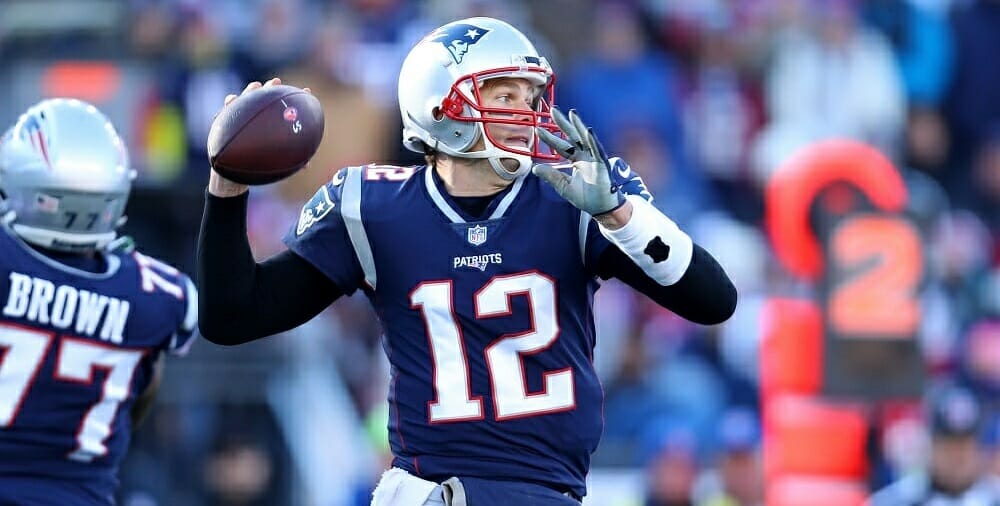
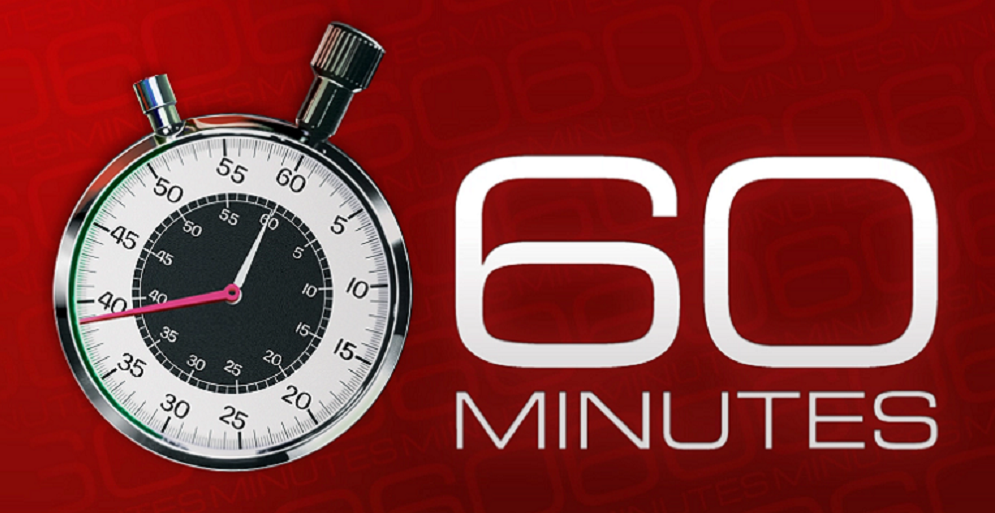

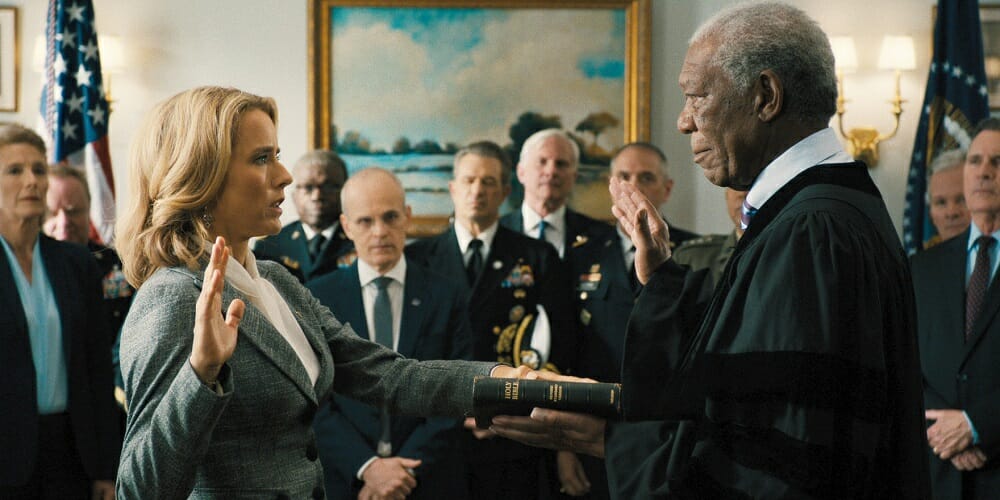
Print media defends its turf
Meredith is the big beast in the magazine sector for the pharma category, especially since it acquired Time Inc.’s properties last year. It now owns the country’s top three titles based on ad spend: People attracted $111 million in 2018, Family Circle $93 million, and Better Homes and Gardens $92 million.
Stephen Bohlinger, SVP, group publisher of Better Homes and Gardens at Meredith, believes the medium has more staying power than critics acknowledge. “Print has taken it unduly on the chin over the past decade for no good reason,” he says. “Thirty years ago, Better Homes and Gardens printed 7.6 million copies. In 2019, we’ll print 7.6 million copies. The audience hasn’t changed — and, in fact, it’s getting younger and more relevant.”
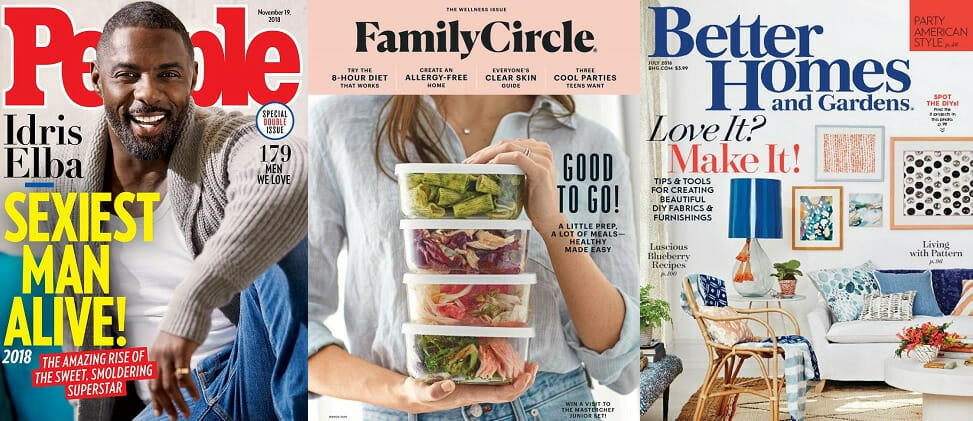
However, Bohlinger notes that magazine brands that aren’t constantly innovating and pushing the envelope will go out of business. He points to formerly iconic brands such as Redbook [which went digital only] and Gourmet as prime examples.
“Pharma loves us for launches because we’re extremely efficient,” he explains. “Print is a mass-reach medium, more than TV. Magazine readers take more actions in response to advertising. And we continue to outperform in the media mix.” By way of example, Bohlinger points to a diabetic macular edema brand that launched exclusively with Better Homes and Gardens. “We launched the campaign in our September Stylemaker issue in 2018 with a four-page unit,” he says. “[The client] is coming back in 2019, which is the best proof of effectiveness.”
From the April 01, 2019 Issue of MM+M - Medical Marketing and Media

